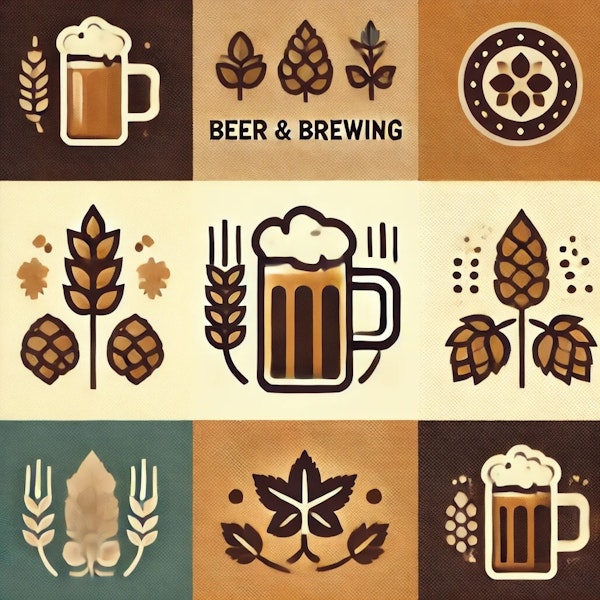
Think you need to throw out all that fragrant green sludge? Maybe you don’t. A few American brewers are experimenting with reusing spent dry hops, and the results are intriguing.
Author of several popular books about brewing and a leading authority on hops, Stan Hieronymus shares the best from his past year of talking to (and drinking with) brewers around the world.
Brewers around the world continue to brew and improve upon a once largely forgotten style, and its combination of earthy and woody flavors is gaining new fans every day. Stan Hieronymus explores the world of Grodziskie.
Stan Hieronymus, one of the country’s foremost experts on beer and an authority on hops, gives us his annual look at what stood out while drinking beer and interviewing brewers around the world.
Thiols, also known as mercaptans, are sulfur-containing organic compounds with a sulfur atom bound to a hydrogen atom. Thiols make up less than 1% of the essential oils in a hops cone but might hold a key to the fashionable in-demand tropical flavors.
Interest from craft brewers, says one malt researcher, has "opened up a new era of research in grain and malting. There hadn't been innovation in malt for years." A look to the future of malt, its local impacts, and the embrace from brewers.
Formulating, sampling, describing, reformulating, sampling again—the lessons Forbidden Root’s BJ Pichman learned perfecting first Forbidden Root and later Fernetic are equally useful when making a beer with just a few spices or, in fact, one with none.
Brewers at The Boston Beer Company ran trials to determine how common spices changed perceived bitterness in various beers. They found that there’s more to bitterness than isomerized alpha acids and more to measuring IBU than those isomerized compounds.
The prolific author of critically acclaimed beer books and noted hop expert, took a few minutes to reflect on the past year and the breweries, beers, trends, and more that stood out from his travels.
A 3-hour mash? Three hours to lauter? A yeast that creates phenolic off-flavors? What were they thinking?